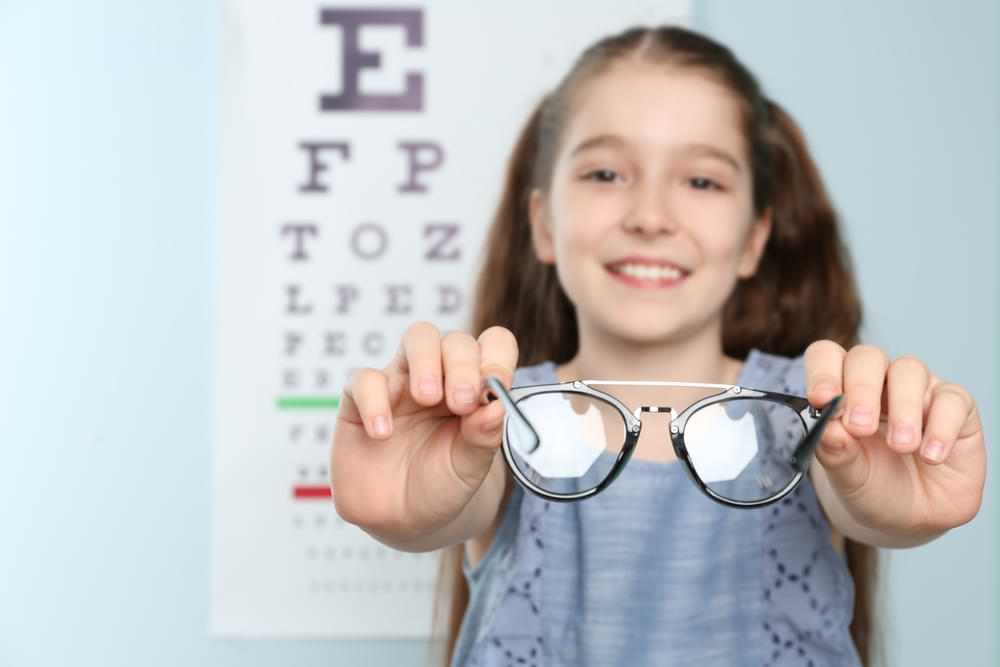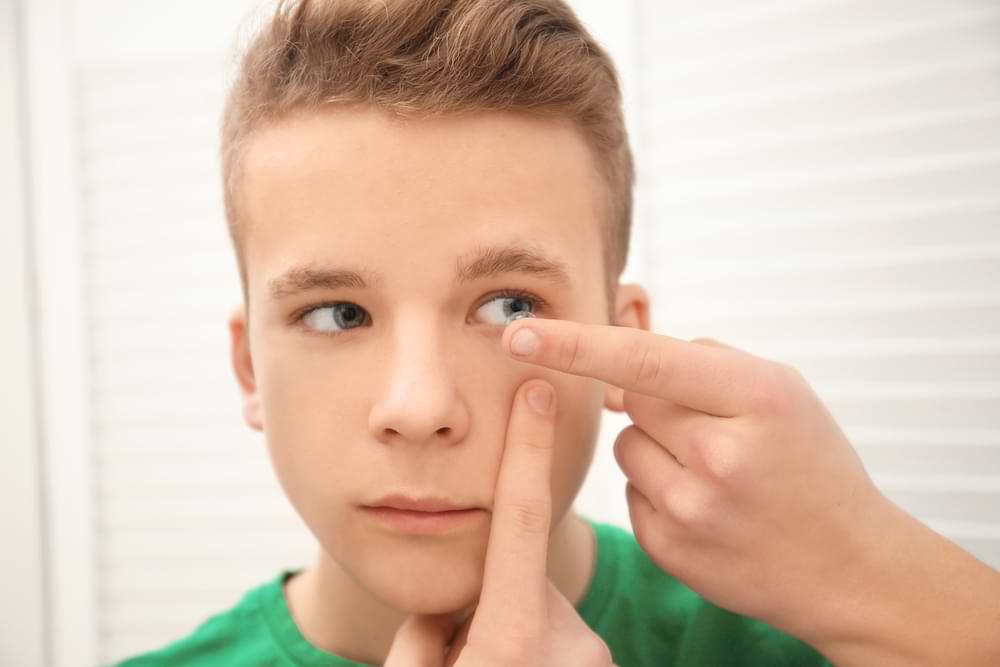Myopia Treatment
Protect your child’s vision with advanced myopia control at Martin’s Eyecare. Personalized solutions to slow myopia progression, reduce near-sightedness and safeguard long-term eye health.
Early Intervention and Prevention: Catch and manage myopia early to prevent serious long-term eye health issues with our advanced diagnostic systems.
Advanced Treatment Options: We offer a range of proven treatments, including MiSight and Ortho-K lenses, as well as MiyoSmart and Zeiss myopia control glasses.
Tailored Care for Each Child: Every treatment plan is customized to suit your child’s unique vision needs and lifestyle.
Ongoing Monitoring and Support: Regular check-ups ensure your child’s vision remains stable and treatment is effective.
Treatments Available:
MiSight Contact Lenses: Daily disposable lenses designed to slow myopia progression with a dual-focus design.
Ortho-K Lenses: Overnight lenses that reshape the cornea, offering clear vision during the day without the need for glasses.
MiyoSmart Glasses: Glasses with D.I.M.S. technology that control eye elongation and reduce myopia progression.
Zeiss MyoVision Pro Lenses: Peripheral defocus lenses that focus light on the central retina while managing myopia in children.
Frequently Asked Questions:
What age should my child start myopia control treatment?
Myopia control treatment is typically recommended as soon as myopia (nearsightedness) is detected in your child, usually between the ages of 6 and 12. Early intervention is crucial because myopia tends to progress rapidly during childhood and adolescence. The sooner treatment begins, the more effective it can be in slowing down the progression of myopia and reducing the risk of long-term eye health issues.
How effective are myopia control treatments?
Myopia control treatments, such as MiSight contact lenses, Ortho-K lenses, and myopia control glasses like MiyoSmart, have been shown to reduce the progression of myopia by up to 60%. The effectiveness of these treatments varies depending on the individual and the specific treatment used. Regular follow-ups and adherence to the prescribed treatment plan are essential for achieving the best results.
What are the risks of untreated myopia?
Untreated myopia can lead to a higher risk of developing serious eye conditions later in life, such as glaucoma, retinal detachment, and myopic maculopathy. As myopia progresses, the elongation of the eye can cause the retina to thin, increasing the likelihood of these conditions. Early and ongoing myopia control is important to minimize these risks and protect your child’s long-term eye health.
How often will my child need to visit the optometrist?
After starting myopia control treatment, your child should visit the optometrist every 6 to 12 months. These regular visits allow the optometrist to monitor the effectiveness of the treatment, adjust the treatment plan if necessary, and ensure that your child’s vision remains stable. Consistent follow-up care is key to successfully managing myopia progression.



